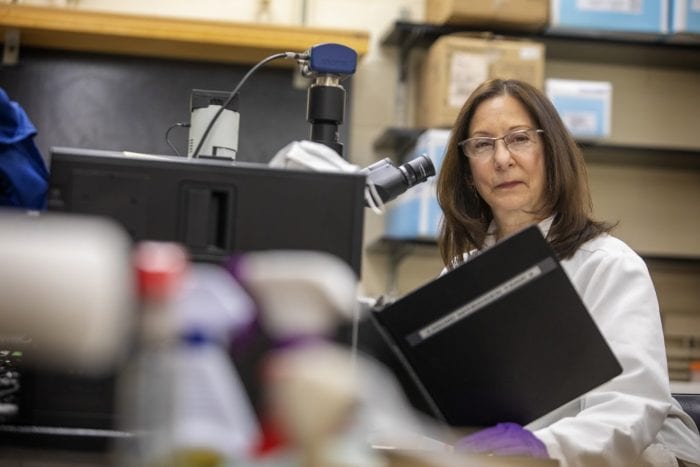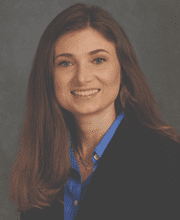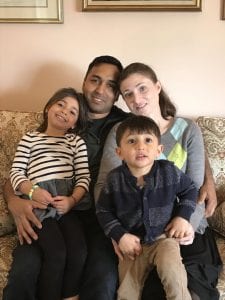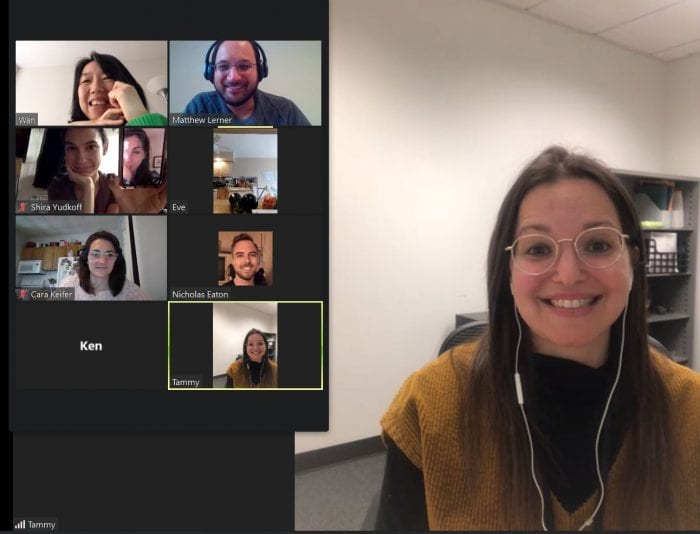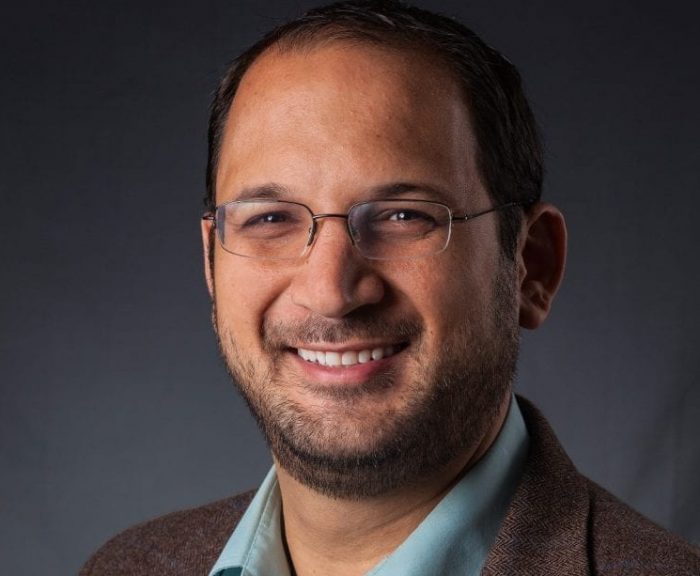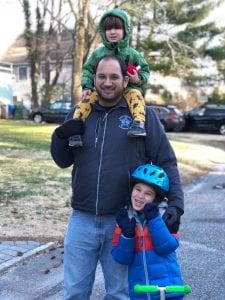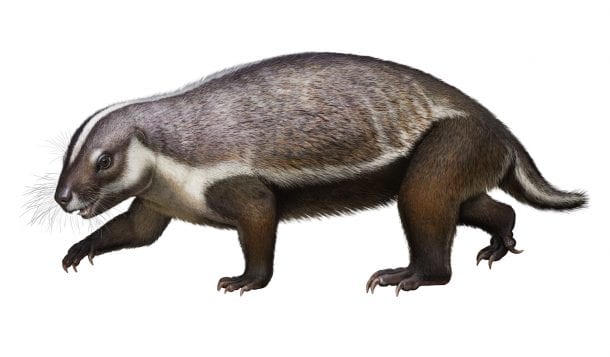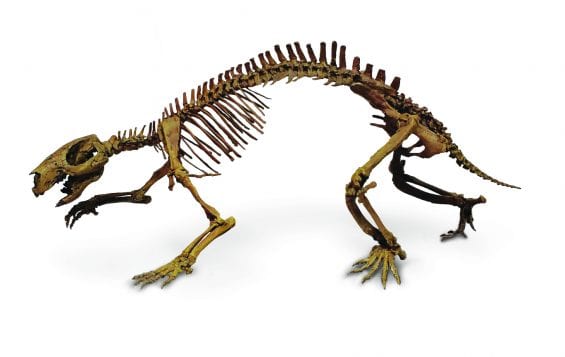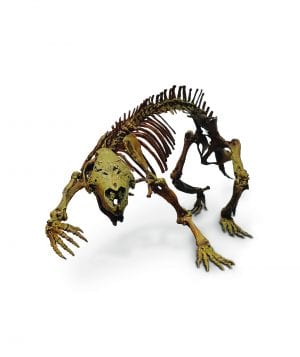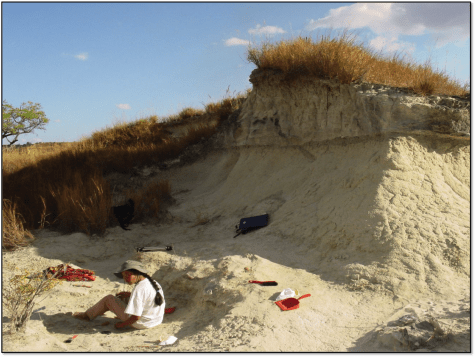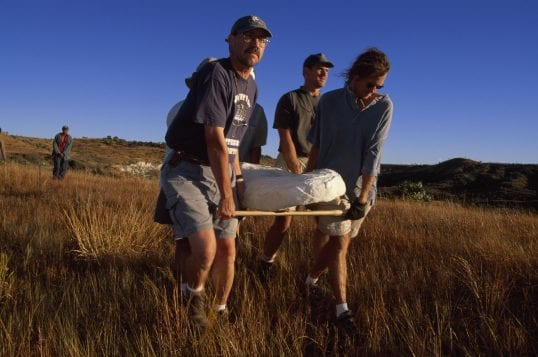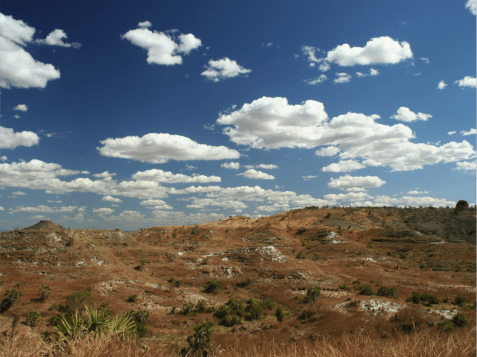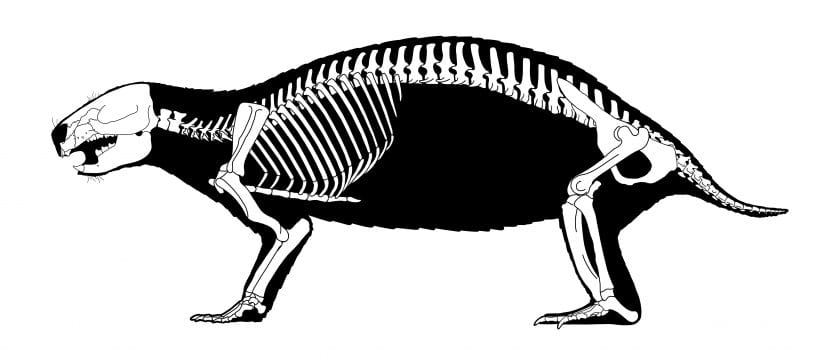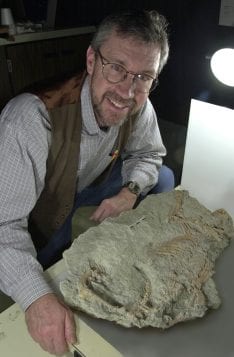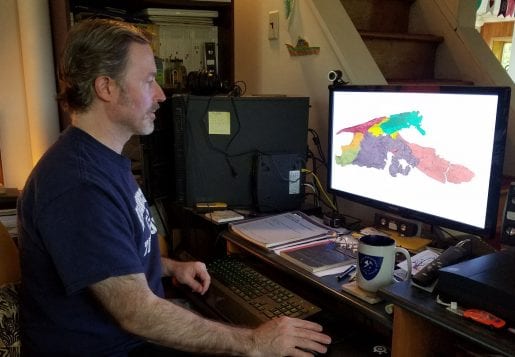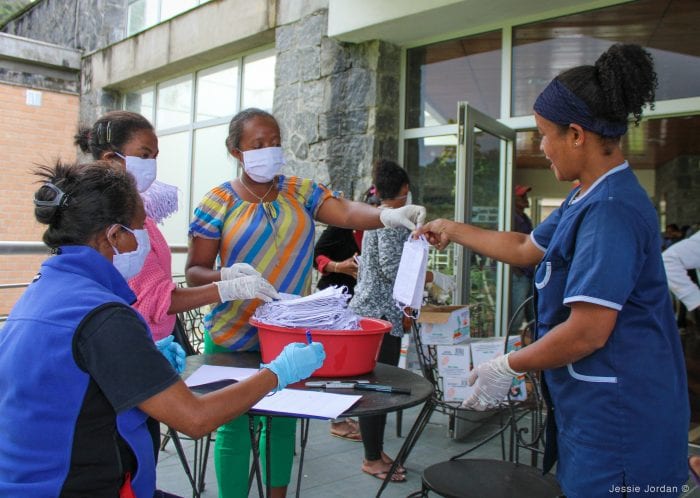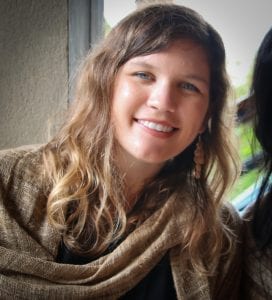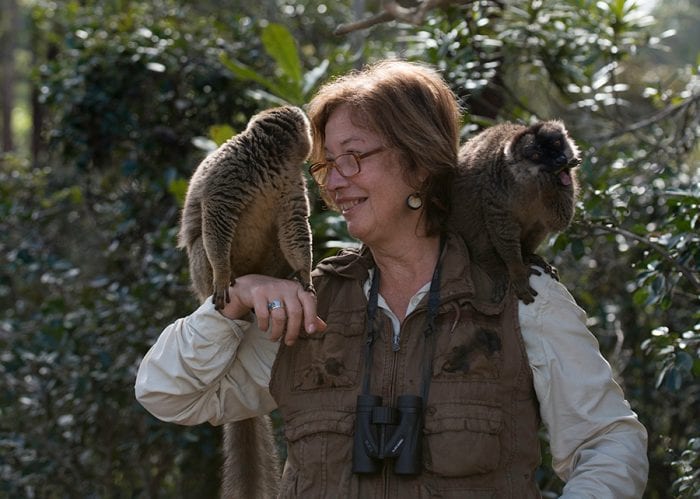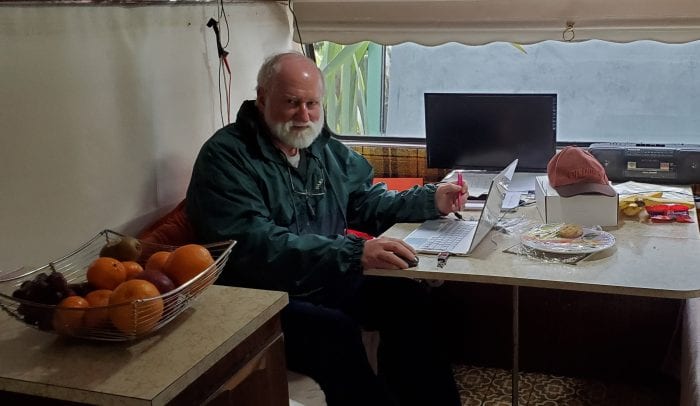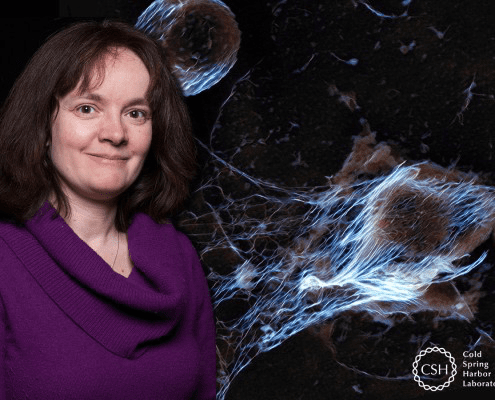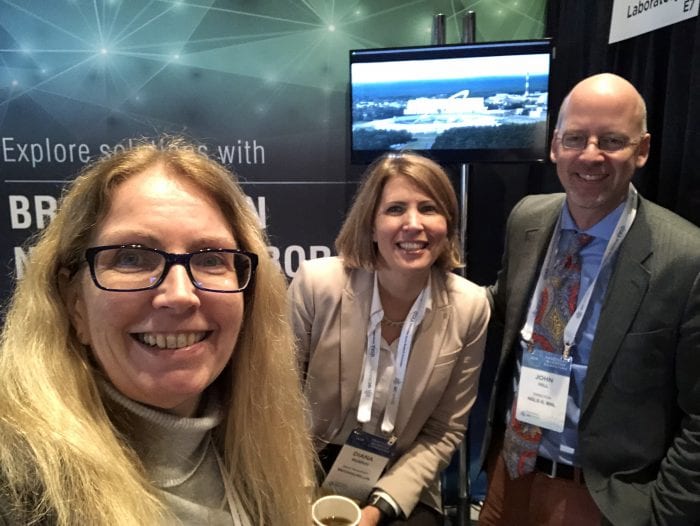By Daniel Dunaief
Even as pharmaceutical companies are working furiously to produce a vaccine for COVID-19, scientists are taking other approaches that might lead to treatment for this disease or for other viruses that might threaten public health.
Nancy Reich, a Professor in the Department of Microbiology and Immunology at the Renaissance School of Medicine at Stony Brook University, and several colleagues at SBU recently received a $450,000 grant from the G. Harold and Leila Y. Mathers Foundation to pursue the laboratory study of two possible interventions.
Reich and her colleagues plan to investigate the use of interferon-lambda, which is in clinical trials for Hepatitis D virus, and an inhibitor for bradykinin called icatibant, which is approved for angioedema.
“Although we are very hopeful for a vaccine in the near future, vaccines can take months or years” to develop and use, Reich said. “The likelihood is that there will be more emerging diseases” which increases the need for broad spectrum first line defense therapeutics that might provide relief and save lives.
A few months ago, several faculty in microbiology and immunology got together on a Zoom call to discuss what they could do to combat COVID-19. The group was “very enthusiastic” about interferon, which is a natural hormone and is the only cytokine that’s antiviral. It has the ability to prevent the spread of the virus by reducing replication.
Reich will work with Patrick Hearing and Erich Mackow, who are both professors in the Department of Microbiology and Immunology, on the molecular aspects of COVID-19. Associate Professor Janet Hearing and Assistant Professor Hwan Kim are certified to work in high containment biosafety laboratories.
COVID-19 seems to have figured out how to block the action or production of interferon, Reich said, although the lower levels of the hormone haven’t been confirmed yet.
Other researchers are testing how the virus that has caused the pandemic has blocked the production of this defense mechanism. The Reich-led group is also planning to test this process.
To get protection from interferon, people would likely need an increased amount of the antiviral molecule early in the infection process, Reich said. She and her team are focusing on interferon lambda, which is a specific type that primarily affect epithelial cells, which are the type of cells that line the respiratory and digestive systems.
Interferon alpha and beta cause systemic problems, which can trigger an overactive immune system to cause a cytokine storm. This can lead to severe symptoms, if the body’s reaction is strong enough.
“Because interferon lambda is more specialized in the targets it hits, it doesn’t cause this crazy, global effect in your body,” Reich said.
At this point, Reich is looking to use a pre-clinical animal model of COVID-19 to understand the processes involved with the virus and its reaction to different concentrations of this hormone at different times after infection.
Reich has reached out to a company called EIGR Pharmaceuticals, which is the only company that produces a pegylated version of interferon lambda. By adding polyethlylene glycol, or PEG, EIGR can extend the time that the drug remains in the body, reducing the need for new doses.
The interferon lambda receptors are prevalent in hepatocytes, or liver cells. The liver is particularly important in capturing bacteria, viruses and macromolecules that might otherwise cause harm in the human body. The interest in the liver and interferon is mainly because of hepatitis viruses.
Interferon lambda’s higher specificity reduces potential side effects that other interferons trigger in the blood or in the central nervous system. EIGR has created this interferon to treat Hepatitis D.
“I have contacted [EIGR] to do some COVID work and now they are,” Reich said. “They have some clinical trials going on in the United States, Israel and Australia.” In addition to their research work with interferon lambda, the group will also study the effects of bradykinin, which is a small peptide hormone that the angiotensin-converting enzyme 2 (or ACE2) receptor inactivates.
The group is exploring the use of inhibitors for bradykinin, hoping to reduce a molecular trigger that exacerbates symptoms of the disease.
“We are taking two approaches; one is more about the symptoms, through bradykinin inhibition, and the other is trying to block virus replication,” said Reich.
In their research with interferon and inhibitors to bradykinin, Reich is hoping to generate data that will be ready within several months.
If both of the approaches proves effective independently, Reich said the next steps could involve combining them.
If the combination works better than either of the treatments alone, the researchers, and, down the road, the doctors, who might use this approach could use a lower dose of both drugs, which could reduce any potential side effects.
Reich said this research is possible at Stony Brook because it has a Biosafety Level 3.“We are able to do these experiments that others may not be able to do,” she said.
The animal facility that will house the mice for her studies is still not accepting new animals. Reich hopes they start to accept them in June.
Reich appreciated the speed at which the Mathers Charitable Foundation reacted to their request for funds.
The Foundation, which was created by a Santa Barbara, California couple who donated their wealth to research in 1983, made a decision within weeks, reflecting the urgency that the public health crisis triggered by COVID-19 has created.
Many foundations typically take six to eight months to decide on funding.
Reich appreciates that she and her colleagues will have a chance to contribute to a growing body of research about a virus that has caused close to 100,000 deaths in the United States and has disrupted billions of lives around the world.
“Everybody realizes the urgency,” Reich said.

